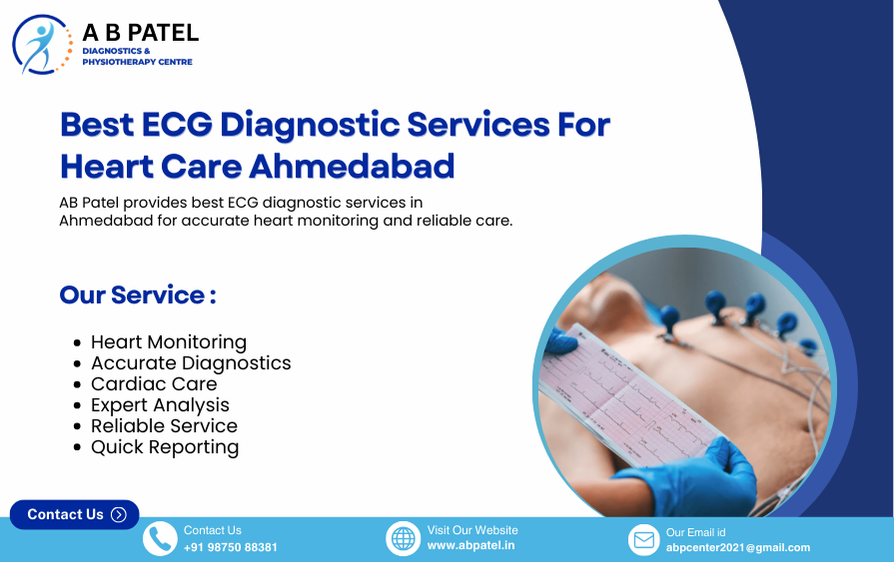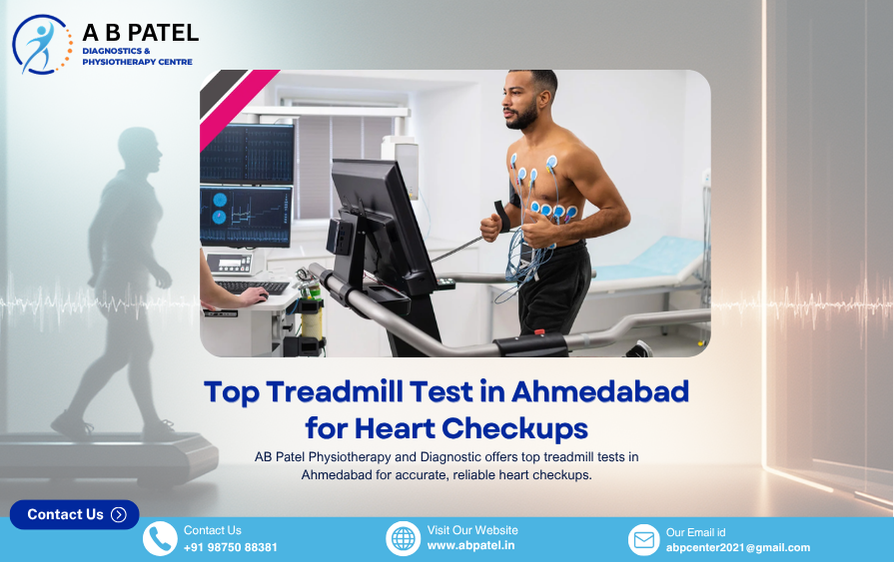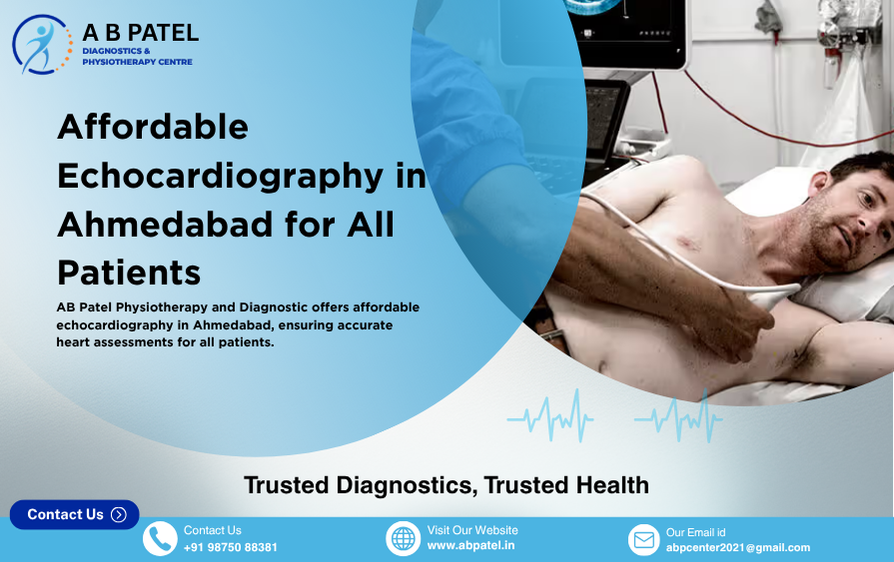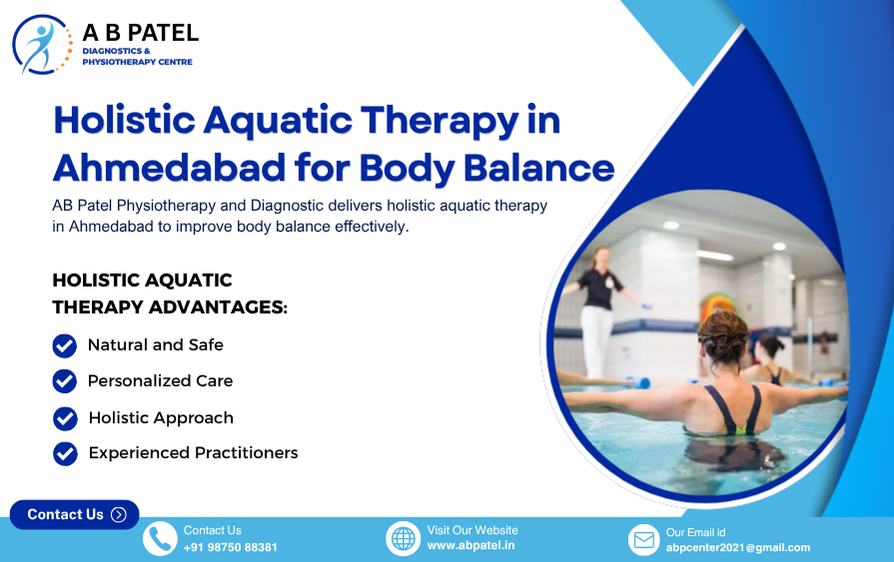No products in the cart.

06
Jul
Dive into Healing: How Aquatic Therapy Can Speed Up Your Recovery
Aquatic therapy uses water-based exercises to enhance mobility, reduce pain, and speed up recovery. The buoyancy of water supports your body, reducing joint stress while promoting muscle strength, flexibility, and endurance. This method is particularly effective for post-surgery recovery, injuries, and chronic conditions. At A B Patel Diagnostics and Physiotherapy Center, we specialize in aquatic therapy to help patients recover faster and more effectively, ensuring a smoother rehabilitation process.
What is Aquatic Therapy?
Aquatic therapy—also known as pool therapy or water-based rehabilitation—is a form of physical therapy performed in a warm water environment. It involves guided exercises and movements designed to improve mobility, strength, and function while minimizing stress on the body.
Water’s natural buoyancy reduces the effects of gravity, making it easier for patients to perform exercises that might be painful or impossible on land. The hydrostatic pressure of water also improves circulation and reduces swelling, enhancing the overall healing process.
Aquatic Therapy Vs Hydrotherapy: Understanding the Difference
Many people confuse hydrotherapy and aquatic therapy, but they are not the same.
Hydrotherapy is a general term for using water (hot, cold, or steam) for pain relief and treatment.
Aquatic therapy, on the other hand, is a structured therapeutic exercise program conducted by trained physiotherapists in a water environment, often in a specially designed therapeutic pool.
So, while hydrotherapy may focus more on relaxation and pain relief, aquatic therapy targets functional recovery and physical rehabilitation.
Benefits of Aquatic Therapy for All Age Groups
- Pain-Free Movement: Performing exercises in warm water allows for pain-free movement, especially for patients suffering from joint and muscle pain.
- Reduced Impact: Water supports body weight, significantly reducing the impact on joints, bones, and muscles.
- Improved Mobility and Strength: Resistance in water helps in strengthening muscles and improving flexibility without overstraining the body.
- Enhanced Circulation: The hydrostatic pressure promotes better blood flow and helps reduce inflammation.
- Faster Recovery Time: The unique combination of buoyancy, resistance, and warmth accelerates healing and reduces downtime.
Applications of Aquatic Therapy in Recovery
1. Post-Surgery Recovery with Aquatic Therapy
Patients recovering from orthopedic surgeries (like knee or hip replacements) often face challenges in regaining strength and mobility. Aquatic therapy provides a low-impact environment that helps patients rebuild muscles and regain joint flexibility safely.
2. Aquatic Therapy for Pain Relief
Chronic pain conditions like fibromyalgia or lower back pain respond well to aquatic therapy. The warm water soothes sore muscles, while gentle exercises increase endorphin levels, offering natural pain relief.
3. Aquatic Therapy for Arthritis Patients
Patients with osteoarthritis or rheumatoid arthritis benefit immensely from warm water therapy for joint pain. Water reduces the load on joints and allows for smoother, pain-free movement.
4. Aquatic Therapy for Children with Disabilities
Children with cerebral palsy, muscular dystrophy, or developmental delays often thrive in a water environment. The support of water allows for better balance and coordination, promoting improved motor skills and confidence.
5. Aquatic Therapy for Stroke Rehabilitation
For stroke survivors, regaining mobility is critical. Aquatic therapy for stroke rehabilitation helps improve balance, motor control, and muscle strength without the fear of falling, which is common during land-based therapy.
6. Aquatic Therapy for Neurological Conditions
Patients with conditions like Parkinson’s disease, multiple sclerosis, or spinal cord injuries benefit from aquatic therapy, which offers safe, controlled movement to enhance neuromuscular function.
7. Aquatic Therapy for Sports Injuries
Athletes recovering from ligament tears, fractures, or sprains often turn to aquatic physical therapy. It facilitates healing without the stress of high-impact land training, allowing for quicker return to sport.
Aquatic Therapy Exercises for Lower Back Pain
Lower back pain is one of the most common issues treated through aquatic therapy. Here are a few simple exercises used:
- Water Walking: Strengthens lower back and core muscles.
- Leg Raises: Improves hip flexibility and back support.
- Flutter Kicks: Strengthens the lower back and abdomen.
- Wall Push-ups: Strengthen upper body and improve posture.
These exercises, when done under supervision, help in reducing stiffness and improving mobility.
Benefits of Aquatic Therapy for Seniors
Aquatic therapy is particularly beneficial for seniors dealing with age-related issues such as joint stiffness, balance disorders, and decreased muscle tone. The water environment reduces fall risk, builds endurance, and promotes cardiovascular health. Seniors can enjoy a safe, enjoyable form of exercise that also relieves chronic pain and boosts mood.
Why Choose A B Patel Diagnostics and Physiotherapy Center?
A B Patel Diagnostics and Physiotherapy Center is one of the leading healthcare providers specializing in aquatic therapy in Ahmedabad. With modern aquatic therapy pools and a team of experienced physiotherapists, they offer personalized programs for:
- Post-surgery patients
- Senior citizens
- Children with disabilities
- Sports injury recovery
- Neurological and orthopedic conditions
Their evidence-based approach and compassionate care make them a preferred choice for patients searching for aquatic physical therapy near me.
Features of A B Patel’s Aquatic Therapy Program
- Customized one-on-one sessions.
- Hydrotherapy pool with temperature control.
- Trained aquatic physiotherapists.
- Safe, hygienic, and accessible environment.
- Combination of land and water exercises for optimal recovery.
Frequently Asked Questions (FAQs)
1. Is aquatic therapy safe for seniors?
Yes. Aquatic therapy is extremely safe for seniors due to its low-impact nature and reduced risk of falls.
2. Can aquatic therapy replace land-based physiotherapy?
It depends on the condition. Often, a combination of both aquatic and land-based therapy delivers the best results.
3. How long is each aquatic therapy session?
Most sessions last 30–60 minutes and are tailored to the individual’s needs and tolerance.
4. Are there any contraindications to aquatic therapy?
Yes. People with open wounds, uncontrolled epilepsy, or severe heart conditions should avoid aquatic therapy without medical clearance.
5. Where can I find aquatic physical therapy near me?
If you’re in Ahmedabad, A B Patel Diagnostics and Physiotherapy Center is among the top choices for expert aquatic care.
Conclusion:
Aquatic therapy is a transformative rehabilitation solution for patients of all ages and physical conditions. Whether you’re looking to recover from an injury, surgery, or chronic illness, this water-based approach offers a gentle, effective path to healing.
By leveraging the healing properties of water, aquatic therapy accelerates recovery, reduces pain, and improves overall quality of life. For those in India seeking expert care, A B Patel Diagnostics and Physiotherapy Center offers one of the best aquatic therapy programs designed to deliver optimal results in a safe and supportive environment.
Start your recovery journey today with aquatic therapy—where healing begins in the water.




